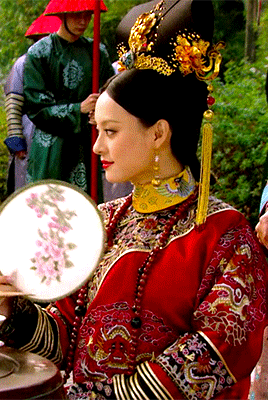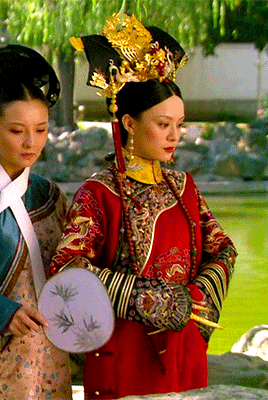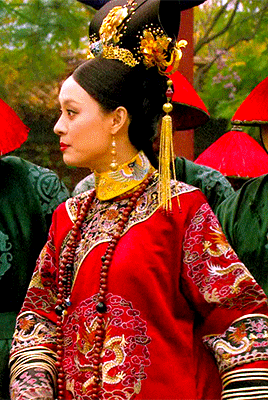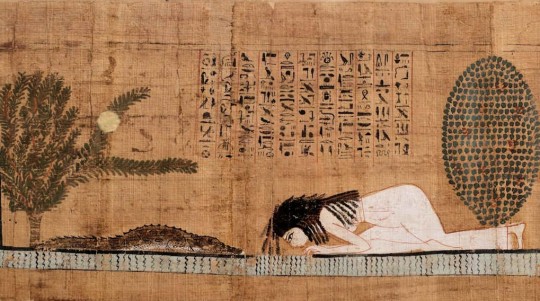Text
Me: I don't write for validation.
Also me when my story on AO3 gets a kudos:

5K notes
·
View notes
Text

Mathematician, physician and philosopher (1776-1831), Sophie Germain was a genius who fought hard to be heard a recognized.
A self-taught prodigy
The daughter of a silk merchant, Sophie was born in Paris to a relatively wealthy family. When the French Revolution broke out in 1789, her father became a member of the Constituent Assembly. Amidst the chaos, Sophie found solace in her father's library and discovered mathematics.
Fascinated by the subject, she learned everything she could, studying at night. Her parents disapproved. Mathematics was thought to be too complex for women who had to focus first and foremost on their home.
Sophie's parents tried to stop her by putting out the fire in her room at night and confiscating her clothes and candles after nightfall. Sophie's thirst for knowledge was stronger. According to her obituary, she studied “at night in a room so cold that the ink often froze in its well, working enveloped with covers by the light of a lamp”. She even taught herself Latin to read the essential works.
Sophie impresses
The École Polytechnique was founded in 1974 with to train a new elite of engineers, mathematicians and scientists. Being a woman, Sophie couldn’t attend. She learned that a student named Leblanc wasn’t able to go to class. She wrote to the school, pretending to be him, and managed to obtain lecture notes. She was also able to complete and submit assignments.
This promising student impressed mathematician Joseph-Louis Lagrange who found her answers brilliant. The self-taught Sophie had gained the admiration of one of the most renowned mathematicians of her time.
Lagrange's desire to meet her forced Sophie to reveal her real identity. Lagrange was at first surprised to learn that his correspondent was a woman. He nonetheless became Sophie’s mentor, introducing her to a new world and opportunities.
Sophie made major contributions to number theory. She worked on Fermat's last theorem, making major observations and creating her own theorem. This would be one of her major contributions to mathematics.
In 1804, she began a correspondence with another mathematician, Carl Friedrich Gauss, whose work she admired. He was similarly impressed by her intelligence:
“But how to describe to you my admiration and astonishment at seeing my esteemed correspondent Monsieur Leblanc metamorphose himself into this illustrious personage who gives such a brilliant example of what I would find it difficult to believe. A taste for the abstract sciences in general and above all the mysteries of numbers is excessively rare: one is not astonished at it: the enchanting charms of this sublime science reveal only to those who have the courage to go deeply into it. But when a person of the sex which, according to our customs and prejudices, must encounter infinitely more difficulties than men to familiarize herself with these thorny researches, succeeds nevertheless in surmounting these obstacles and penetrating the most obscure parts of them, then without doubt she must have the noblest courage, quite extraordinary talents and superior genius.”
An incomplete recognition
Sophie was also interested in physics. In 1811, she entered a contest held by the French Academy of Sciences, but her lack of formal education turned against her. She didn't give up and won the contest in 1816 with her Memoir on the vibrations of Elastic Plates. She kept working on the theory of elasticity and published several more memoirs. Her work would prove pivotal in the field.
This prize also meant official recognition for Sophie. In 1823, she became the first woman to be allowed at the Academy of Sciences' sessions. Though respected as an equal collaborator by some, she still felt like a “foreigner” in the scientific community.
Sophie Germain died at the age of 55, on June 27, 1831, after a battle with breast cancer. Carl Friedrich Gauss had convinced the university of the University of Gottingen to give her an honorary degree but Sophie was dead before she could receive it.
Her death certificate designated her as a "rentière-annuitant" (a single woman with no profession) instead of a mathematician.
Today, a street in Paris, schools in France and a crater on Venus are named in her honor. She appeared on a French postal stamp released in 2016.
Feel free to check out my Ko-Fi if you like what I do! Your support would be greatly appreciated.

Further reading
Alkalay-Houlihan Coleen, “Sophie Germain and special cases of Fermat’s last theorem”
Boyé Anne,, “Sophie Germain, une mathématicienne face aux préjugés de son temps”
“Biographies of women mathematicians : Sophie Germain”
Lamboley Gilbert, “Math’s hidden woman”
Koppe Martin, “Sophie Germain, une pionnière enfin reconnue”
36 notes
·
View notes
Photo

Polish right-wing politician (the one that called women weaker on English TV btw) actually posted something about european economy and added a FrUk fanart to it
Im crying
2K notes
·
View notes
Photo









Legend of Zhen Huan :: Zhen Huan’s red jifu
66 notes
·
View notes
Text
tbh the fact that cats purr was an unnecessary bonus we don't always acknowledge. they're already cute and baby and little and soft and make silly noises and do funny shit. but they also like to cuddle and make a soothing pleasant noise to indicate they are happy when they cuddle you? huge. huge for the human race.
36K notes
·
View notes
Text

La reprise du japonais se passe plutôt bien !
3 notes
·
View notes
Text
Bon eh bien il y a des goélands qui ont niché juste à côté de ma terrasse.
2 notes
·
View notes
Text
We ask your questions so you don’t have to! Submit your questions to have them posted anonymously as polls.
2K notes
·
View notes
Text

Lancelot Du Lac in a French manuscript. [c.1310-1315]
386 notes
·
View notes
Text

Herwebenkhet, Chantress of Amun, prostrates herself before the god Geb in the form of a crocodile and drinks from the waters that will unite her with the gods and assure safe passage to the afterlife.
The strongly built shape of the body of the deceased exemplifies a new image for the female figure in this period. It contrasts with the slender images that were in vogue earlier.
Third Intermediate Period, 21st Dynasty, c. 1069-945 BC. Now in the Egyptian Museum, Cairo. SR 19325
Read more
1K notes
·
View notes
Text
People liking your personal OCs is still such a crazy feeling, I've been doing this for years and ppl asking about them still fills my entire heart with warmth and idk how to handle it
You enjoy this fictional guy I made up for fun?? Whose only content is random artwork or writing made by me and a handful of other artists at most? They have no show/book/game with a large fandom, it's just one person with an art blog?? I love u
8K notes
·
View notes
Text
when the academic article is so good it has you giggling and kicking your feet
6K notes
·
View notes
Text
healing is when you have an intrusive thought and instead of having a meltdown you go “girl what?? shut up” and move on
1K notes
·
View notes
Text
young artist posting your work online, heed my warning. im holding your face so gently in my hands, you have to stop caring about numbers right now and start caring about making the weirdest and most self-indulgent art you possibly can
41K notes
·
View notes
Text

A beautifully gilt Eared Dagger with an intricately carved bone grip, Italy, ca. 1520, housed at the Pinacoteca Ambrosiana.
The text which can be seen on the dagger's ears is the second verse of Psalm 31 (30), which reads IN TE DOMIN[E] SPERAVI / ET NON CONFUNDAR IN [AETERNUM] “In thee, O Lord, have I hoped, let me never be confounded”.
206 notes
·
View notes
